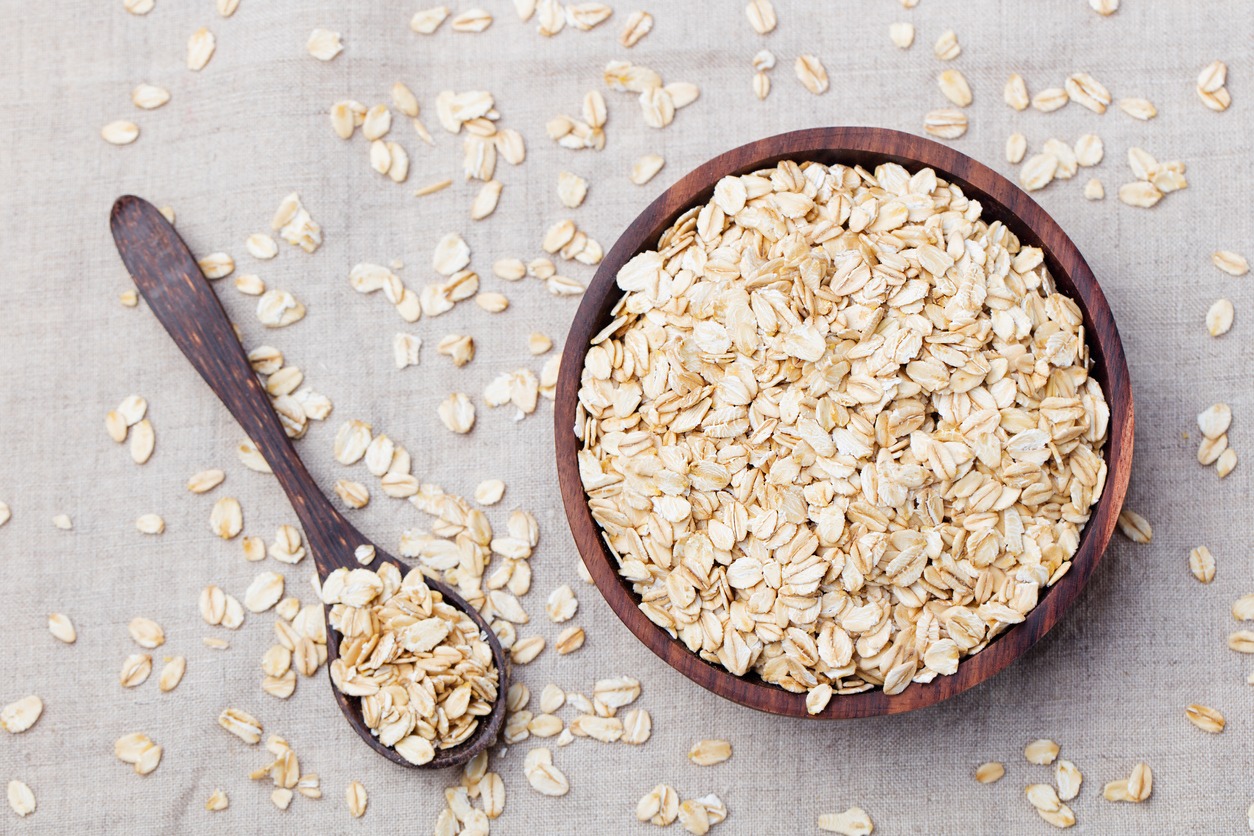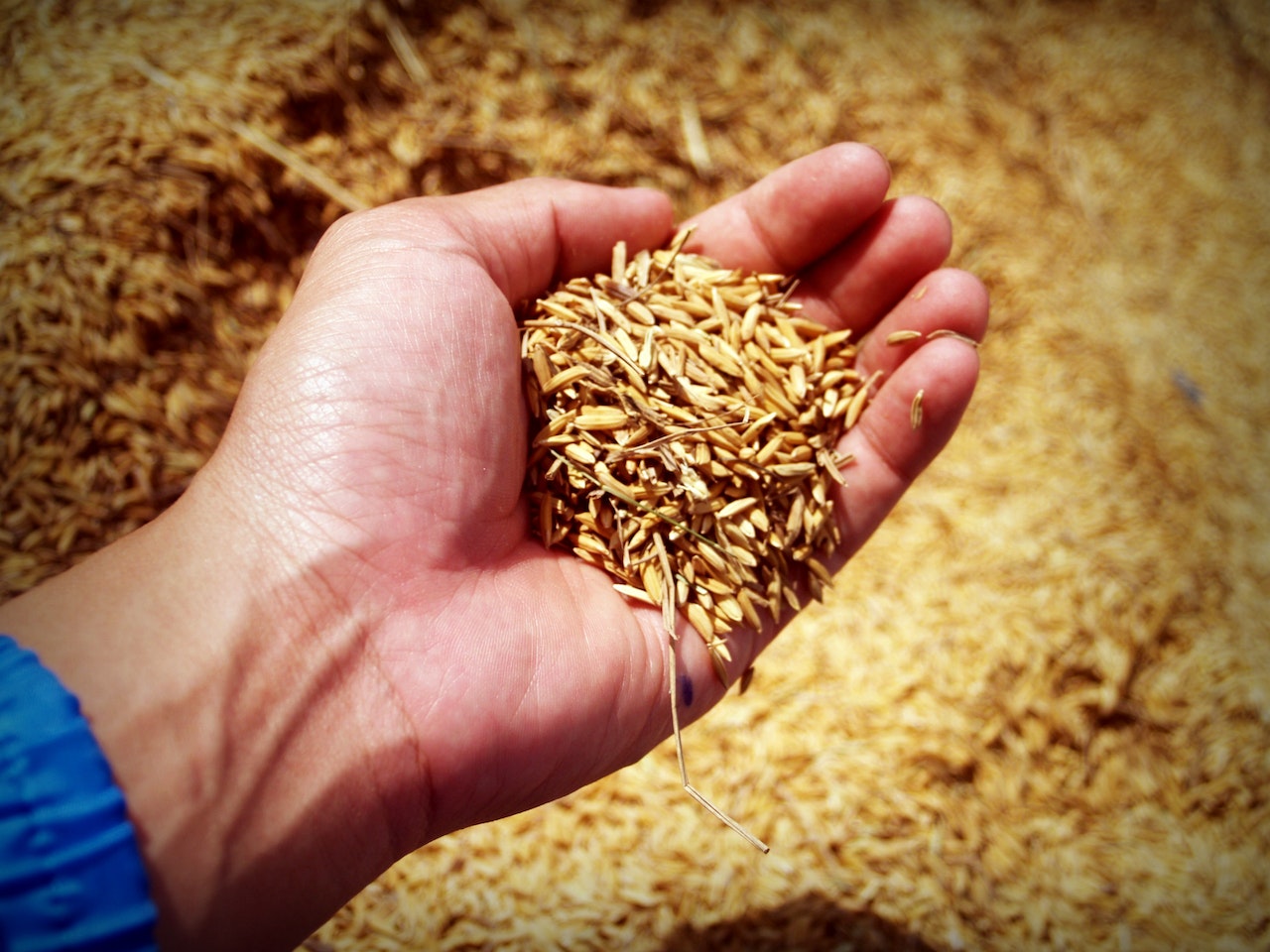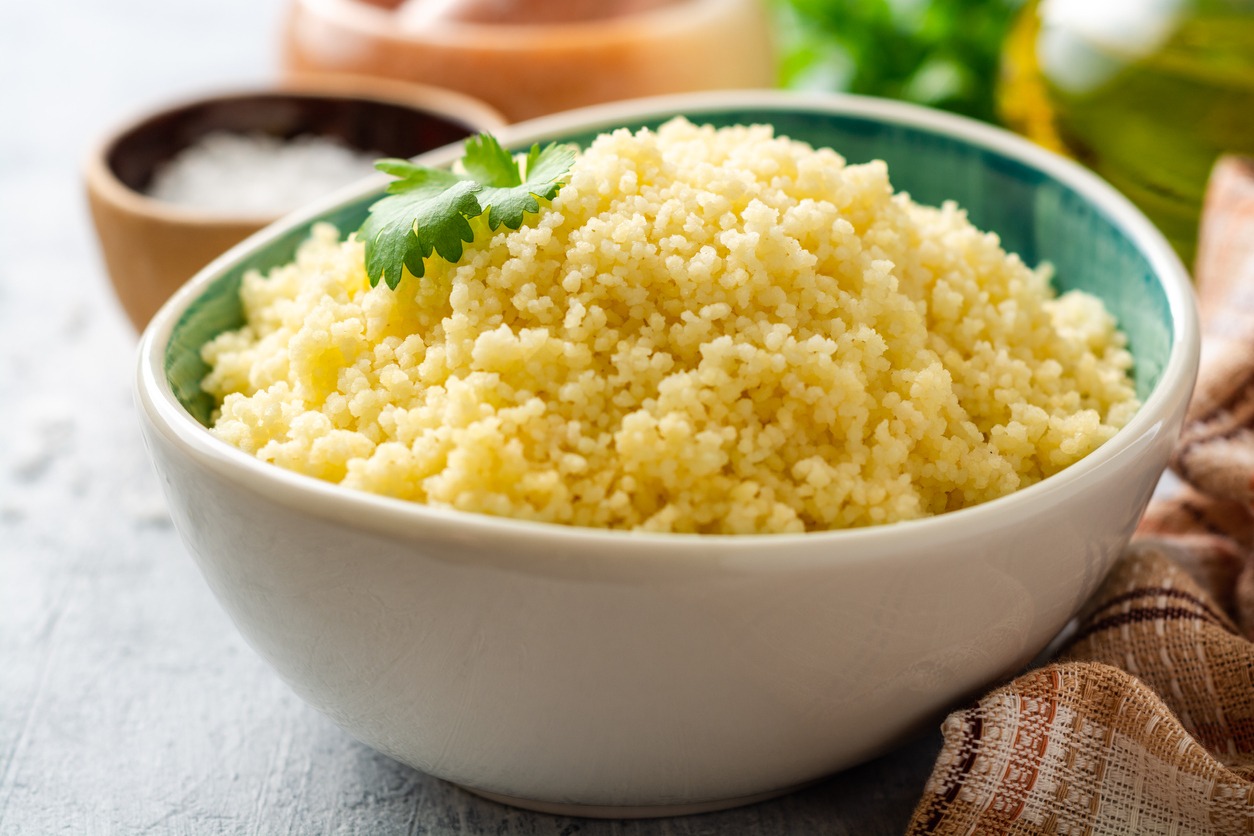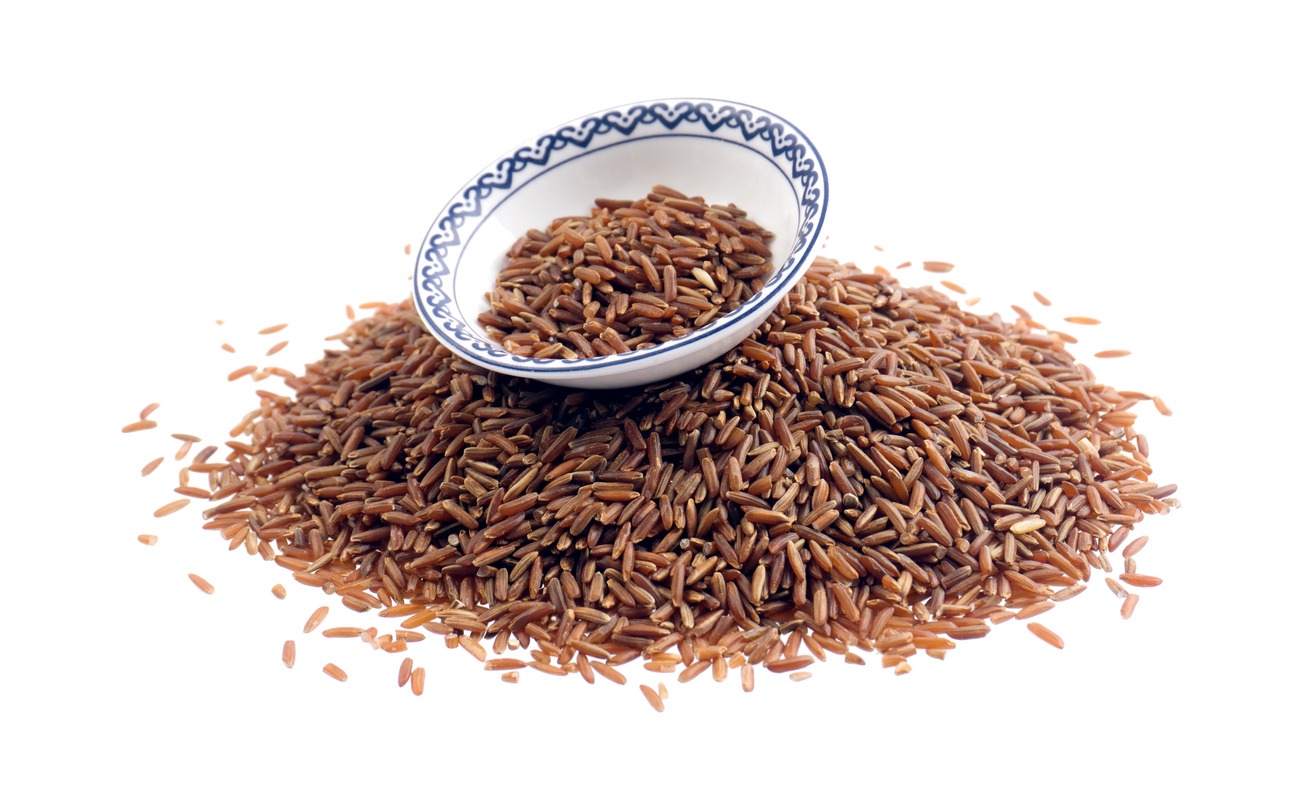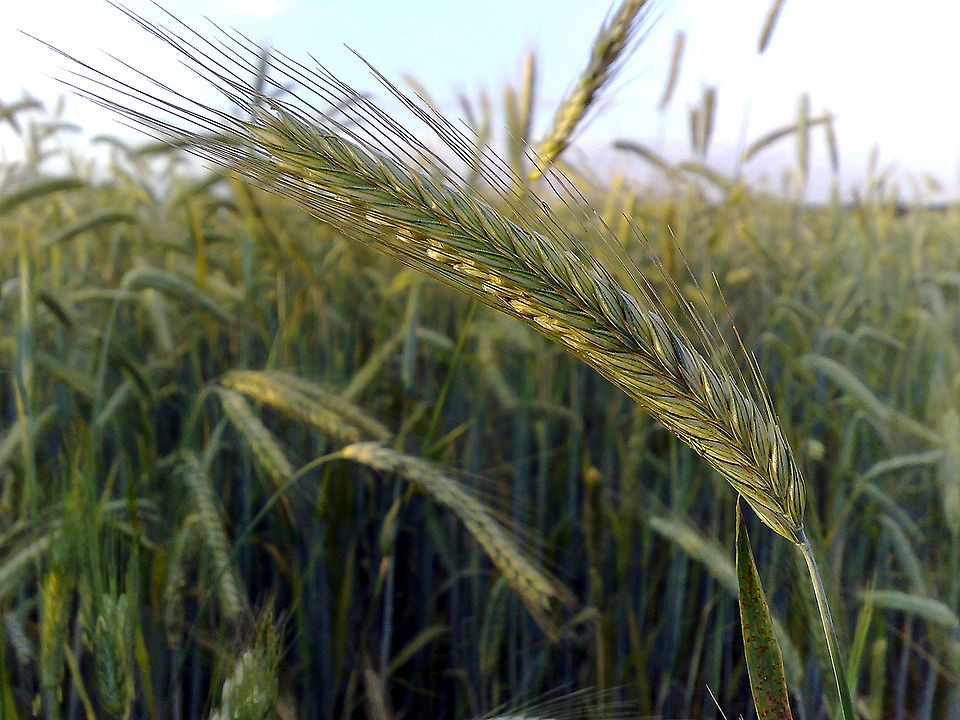Grains are among the healthiest raw food groups. Any food made from oats, cornmeal, barley, wheat, rice, or any other cereal grain is a grain product. Some examples can be tortillas, breakfast cereals, pasta, bread, and more. Grains contain three important parts, which are the bran, the germ, and the endosperm.
The bran is the outermost layer of the grain, and it contains B vitamins and fiber. The germ is the embryo, which contains vitamins, minerals, proteins, oils, and antioxidants. The endosperm is what contains protein and carbohydrates, and it’s located above the germ. Grains can be divided into two subgroups, which are whole grains and refined grains.
Whole grains are those that contain entire grain kennels, such as bran, germ, and endosperm. Examples of whole grains are oatmeal, whole cornmeal, and brown rice. On the other hand, refined grains are those that have been milled, removing the bran and germ. Milling is done to give grains a finer texture and extend their shelf life. However, this process also removes the iron, dietary fiber, and B vitamins that they contain. Some examples of refined grains are white bread, white rice, and white flour.
If you are wondering about the benefits of grains and the healthiest grains that you can include in your diet today, you’re in the right place. Today, we are going to give you more information about the raw grain food group.
How Many Grains Should Be Consumed Daily?
According to the United States Department of Agriculture or USDA’s recommendation, adults should consume 6 to 8 ounces of grains daily. Half of that should be whole grains if you are looking into a healthy diet. Whole grains offer vitamins, minerals, and antioxidants that have lots of health benefits.
For instance, if you replace refined grains with whole grains rich in potassium, this may lower your blood pressure. Whole grains also contain dietary fiber that aids in slowing the digestion of food, making them low on the glycemic index. Refined grains are high-glycemic-index foods, which can be digested quickly, causing sharp increases in blood sugar. This is bad because it can increase your risk of type 2 diabetes and heart disease.
The Healthiest Whole Grains That You Can Add to Your Diet
Since grains are considered carbs, they sometimes get a negative rap. This is because a lot of people eat the wrong kinds of grains, such as white bread, candies, cookies, cereals with lots of sugar, and other food. If you want to incorporate grains into your healthy diet, you need to opt for whole grains. If you want to know what kinds of whole grains you can choose from, then here’s a list of the healthiest whole grains that you can add to your diet.
Whole Oats
Oats are rich in an antioxidant called avenanthramide, which can protect the heart. When buying oats, it actually does not matter whether the packaging has the label “whole” or not like other wheat products. It’s because when you see outs in the ingredients of a product, it means that they are made from whole oats.
If you want to buy instant oatmeal, you need to avoid high-fructose corn syrup in the ingredients. It’s better to opt for unsweetened oatmeal and mix it with some fruits or honey for added flavor.
Whole-Grain Barley
Whole-grain barley is one of the healthiest grains that you can have. Based on a study, people who ate a half-cup of whole barley regularly in five weeks saw about a 10% drop in their cholesterol levels compared to those who didn’t.
When buying barley, make sure that it’s whole-grain and not pearled. When you choose the pearled ones, it means that its bran and germ have been removed. You can eat whole-grain barley with raisins and dried apricots. You can also cook it and serve as a side dish.
Quinoa
Quinoa is an ancient South American power food that is rich in protein compared to any other grain. A cup of raw Quinoa contains 522 milligrams of omega-3 fatty acids, which is about 3 servings of it. It has a nutty flavor and an easy to prepare food for lunch that you can pack to work or school.
Corn
Corn is a very healthy food when it’s whole. In fact, it is a great source of magnesium, B vitamins, and phosphorus. Aside from that, whole corn is also beneficial in increasing healthy gut flora, which can help prevent heart diseases, chronic inflammation, and diabetes. Yellow corn is also rich in antioxidants.
Whole-Wheat Couscous
When you go to supermarkets, most of the couscous you will find is in pasta form, made of refined wheat flour. If you want a healthier option, try to find the whole-wheat kind, usually found in natural sections or food stores. When you choose the whole-grain type of couscous, you are getting an additional 5 grams of fiber with every serving.
Freekeh
Freekeh is an Arabic grain that is low in carbohydrates. It is a form of ancient wheat that contains more fiber than brown rice. They are harvested while they are young and then roasted. Aside from fiber, freekeh also has vitamins and minerals, including selenium. It can act as a prebiotic that stimulates the growth of healthy bacteria to help digestion. You can find this grain in Middle Eastern markets and food stores.
Brown Rice
Brown rice is a much healthier option than white rice. It’s because white rice is milled, removing around 75% of its nutrients and nearly all of its antioxidants. Brown rice includes brown, aromatic varieties, such as jasmine and basmati. You can even go for more exotic kinds, like black and red rice, which are all whole grains and rich in antioxidants.
Whole Wheat
When buying bread and pasta products, make sure that it states 100% whole wheat on the label. Do not settle for terms like multigrain and wheat alone. It’s also important to read the label and ensure that whole grain is on top of the list of ingredients. Also, whole wheat products should contain about 2 to 3 grams of fiber.
Whole Rye
Based on the nutritional research of The Organic Center, rye contains more nutrients compared to any other whole grain. It is rich in fiber and can provide about 50% of your daily recommended iron. However, most of the rye that you can buy in grocery stores are made with refined flours. But don’t get tired of looking for whole rye on the ingredients list to be able to get the health benefits that it offers.
These are some of the healthiest grains that you can include in your diet. Keep in mind that the amount of grains that you should eat depends on your age and level of physical activity. And at least half of those should be whole grains. We hope the information we share will help you choose the right kinds of grains to add to your diet.
